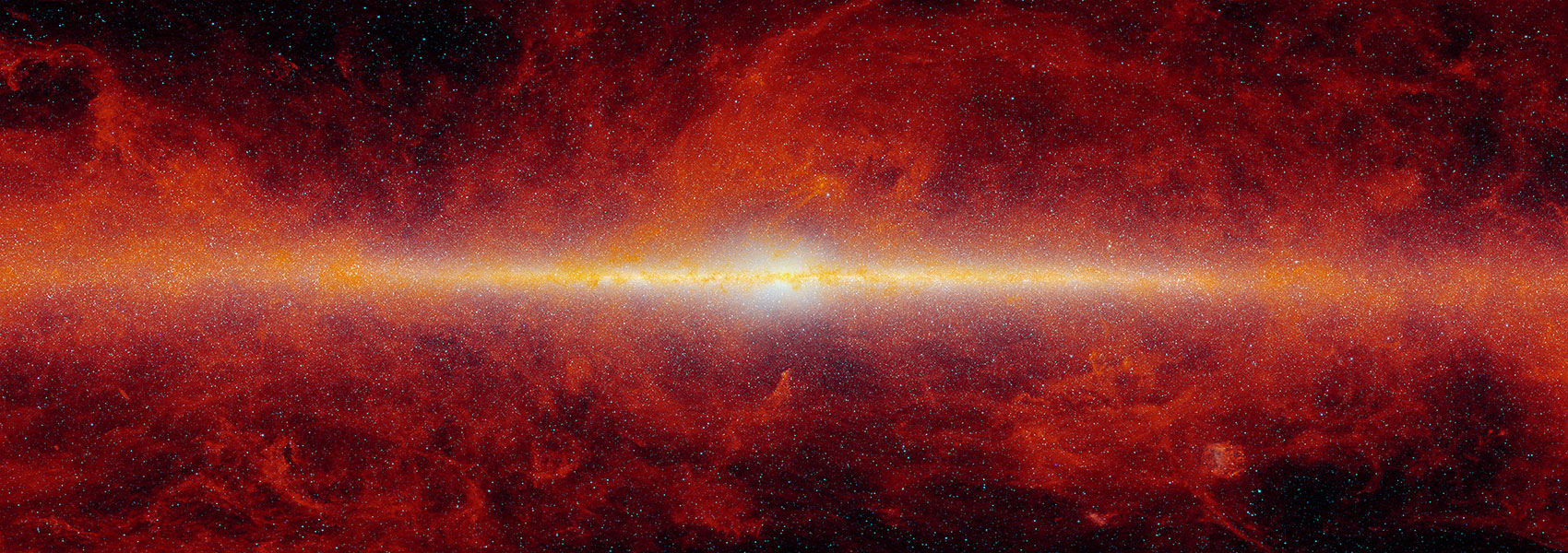
Extended Shock Breakout and Early Circumstellar Interaction in SN 2024ggi
September 2024 • 2024ApJ...972L..15S
Abstract • We present high-cadence photometric and spectroscopic observations of supernova (SN) 2024ggi, a Type II SN with flash spectroscopy features, which exploded in the nearby galaxy NGC 3621 at ∼7 Mpc. The light-curve evolution over the first 30 hr can be fit by two power-law indices with a break after 22 hr, rising from M V ≍ −12.95 mag at +0.66 day to M V ≍ −17.91 mag after 7 days. In addition, the densely sampled color curve shows a strong blueward evolution over the first few days and then behaves as a normal SN II with a redward evolution as the ejecta cool. Such deviations could be due to interaction with circumstellar material (CSM). Early high- and low-resolution spectra clearly show high-ionization flash features from the first spectrum to +3.42 days after the explosion. From the high-resolution spectra, we calculate the CSM velocity to be 37 ± 4 km s−1. We also see the line strength evolve rapidly from 1.22 to 1.49 days in the earliest high-resolution spectra. Comparison of the low-resolution spectra with CMFGEN models suggests that the pre-explosion mass-loss rate of SN 2024ggi falls in the range of 10−3─10−2 M ☉ yr−1, which is similar to that derived for SN 2023ixf. However, the rapid temporal evolution of the narrow lines in the spectra of SN 2024ggi (R CSM ∼ 2.7 × 1014 cm) could indicate a smaller spatial extent of the CSM than in SN 2023ixf (R CSM ∼ 5.4 × 1014 cm), which in turn implies a lower total CSM mass for SN 2024ggi.
Links
- PREPRINT http://arxiv.org/abs/2405.18490
- NED https://ned.ipac.caltech.edu/uri/NED::InRefcode/2024ApJ...972L..15S
- ELECTR https://doi.org/10.3847/2041-8213/ad6907
- SIMBAD https://simbad.u-strasbg.fr/simbad/sim-ref?querymethod=bib&simbo=on&submit=submit+bibcode&bibcode=2024ApJ...972L..15S
- PDF https://iopscience.iop.org/article/10.3847/2041-8213/ad6907/pdf


